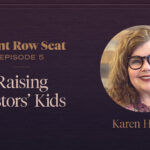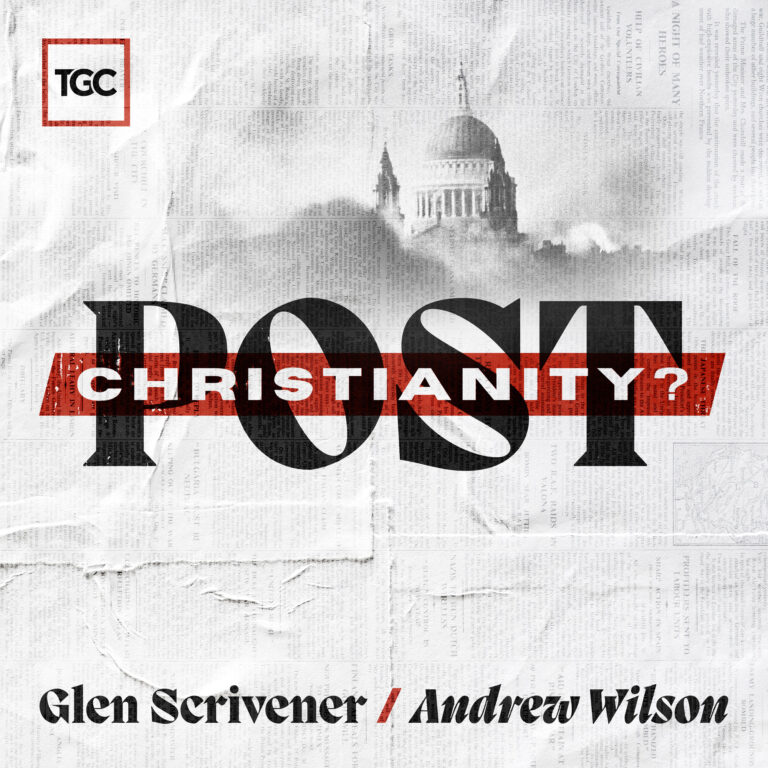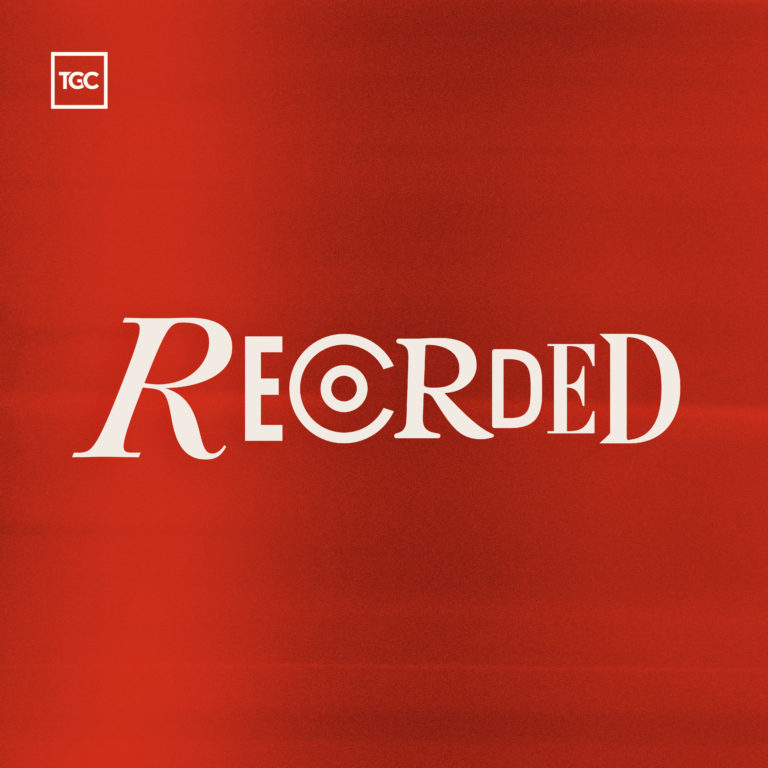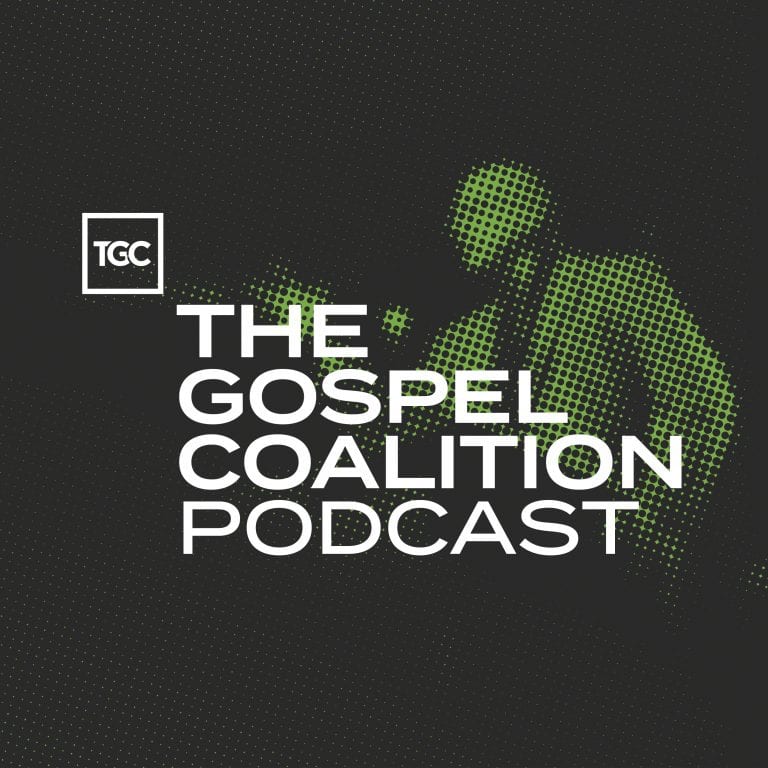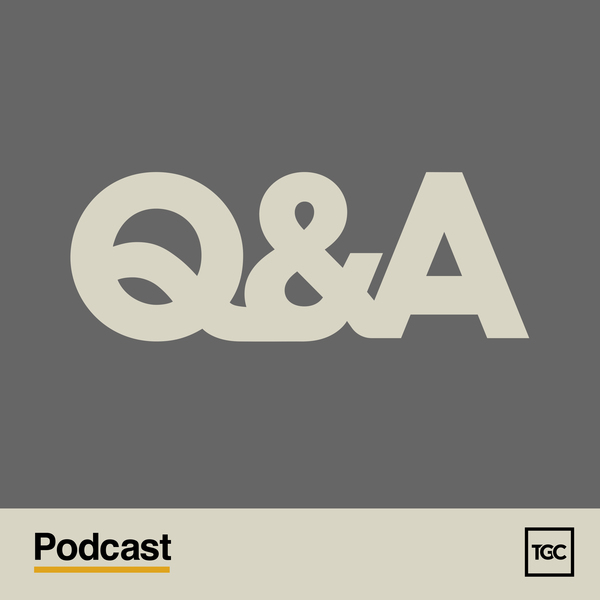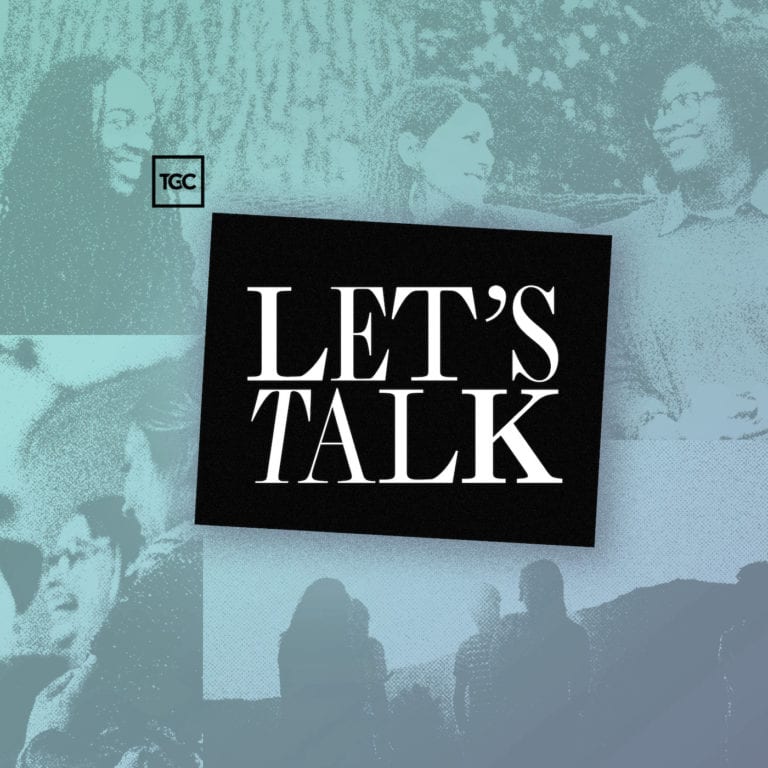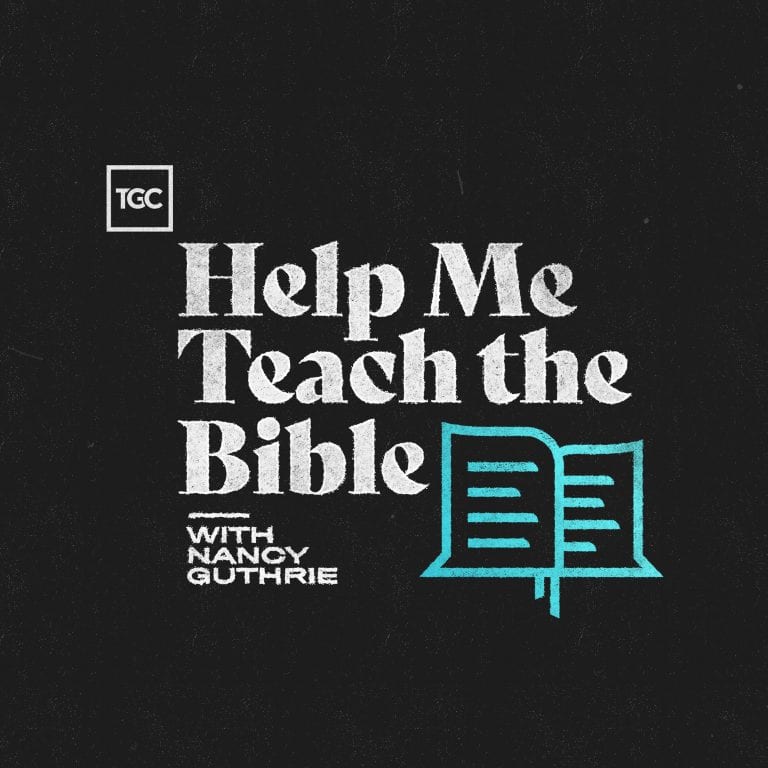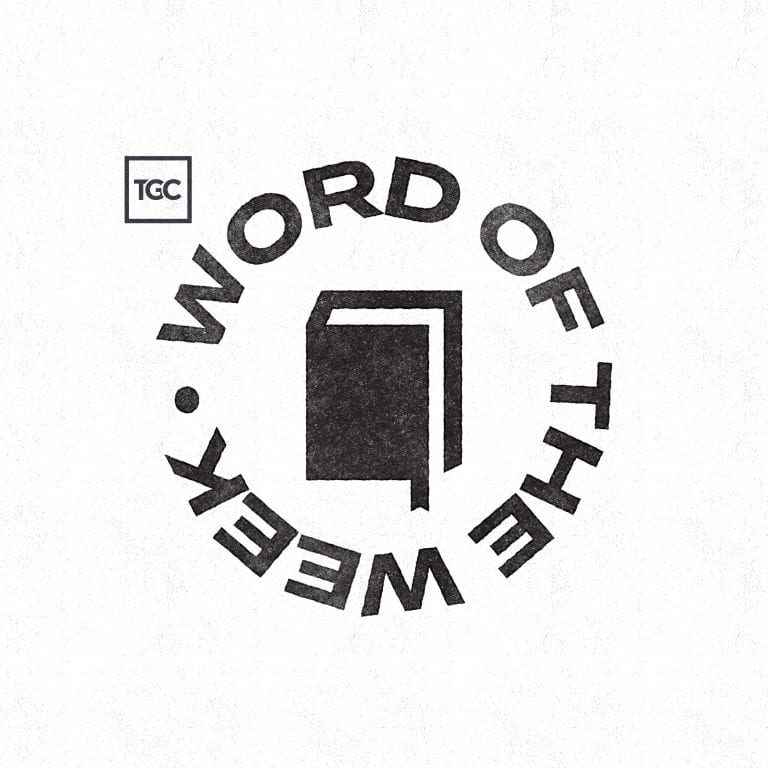As we gather to worship week in and week out, we sense the hunger in our souls but often assume light refueling and refreshment will nourish us for the week ahead. Sadly, many of us would be better described as severely malnourished.
As we come to this awareness we may feel a bit like the disciples who felt desperate when faced with the dilemma of feeding 5,000 people. We can be tempted to look to quick, easy, and popular solutions to satisfy our appetites. In Women of the Word: How to Study the Bible with Both Our Hearts and Our Minds, Jen Wilkin urges us to look beyond our shortsighted and often self-centered approaches and to be nourished by the Word incarnate himself. “I am the bread of life,” Jesus declared. “Whoever comes to me shall not hunger, and whoever believes in me shall never thirst” (John 6:35).
So what do chronically hungry women look like? Often we’re filled with fear and anxiety and look for satisfaction in the most unfulfilling places. Our lives easily become characterized by a lack of joy, peace, and security. Wilkin, a Bible study teacher and mother of four, urges women to move from being casual consumers of Scripture to intentional self-feeders.
Reference points determine the trajectory of every journey, including becoming a woman of the Word. In his Institutes John Calvin wrote, “The starting point of sound wisdom consists of two parts: the knowledge of God and of ourselves. . . . Man can never achieve a clear knowledge of himself unless he has first looked upon God’s face.” If it’s true we become what we behold, then we must remember that our supreme reference point will either be God or ourselves. Wilkin orients our perspective by reminding us the Bible is ultimately a book about God, not us, and that knowledge of God and knowledge of self must go hand in hand.
Ultimate Aim
So what’s the ultimate aim of this journey toward knowing God through his Word? Is it merely the accumulation of more information or conformity to our ideals of a godly woman? Or could it be something much more radical? The aim should be nothing less than transformation, a fundamental metamorphosis of the heart. This goal is only accomplished through the Spirit-empowered renewal of our minds through Scripture. Only then will we move from hunger to satisfaction, from an individualistic orientation to a Godward orientation, from spiritual infancy to spiritual maturity. And through this process we will be transformed into the likeness of God’s own dear Son. Wilkin extends the invitation to become what I call a “kingdom disciple,” someone who thinks God’s thoughts after him and aims to apply them to all of life under the kingship of Jesus Christ.

Women of the Word: How to Study the Bible with Both Our Hearts and Our Minds
Jen Wilkin
Women of the Word: How to Study the Bible with Both Our Hearts and Our Minds
Jen Wilkin
But is Wilkin overstating a crisis of biblical illiteracy? If the current statistics found in the American Bible Society’s “State of the Bible Report” are any indication, then the answer is a resounding no. Only 37 percent of adults reported reading their Bible at least once a week apart from Sunday services. Among other things, this dismal stat reveals that we’ve developed several unhelpful habits that keep us from biblical nourishment. Wilkin has identified and creatively labeled some of these as the “Xanex,” “Pinball,” and “Personal Shopper” approaches. While humorous, each habit seems far too familiar to my own journey with biblical study.
The bulk of the book outlines a structure for meaningful discipleship. What are your plans for personal and corporate discipleship? Are they haphazard, or is there purpose, perspective, patience, process, and prayer involved? This portion hit me like a dietary consultation with a nutritionist. I felt as though Wilkin had interviewed me about my eating patterns and had taken a thorough look into my pantry to diagnose my ongoing spiritual hunger issues.
Vitally Important
Martin Luther once remarked that out of sound doctrine flows sound living. I believe all women are products of their theology. We will either have a limited view of God and life, a fragmented view of God and life, or a biblically robust and integrated view of God and life. Wilkin’s emphasis on understanding and applying the biblical metanarrative to our entire spiritual intake is vitally important. It’s the call to move outward and upward over the gravitational pull of our hearts to move inward and downward. She also appeals for the dedicated work of unearthing hidden treasures found in Scripture. My husband and I spent many years ministering on the Treasure Coast of Florida, aptly named because of the large number of ships that had wrecked along the rugged rocks hidden beneath the waterline. Through her approach toward biblical literacy, Wilkin encourages us to dive beneath the surface, forsaking a superficial method in the hopes of finding biblical treasures of ultimate worth. We begin this exploration through asking three critical questions: who wrote this Scripture, who was the original audience, and why was it written?
I found Women of the Word to be a valuable personal diagnostic tool to measure spiritual vitality. It would also work well as a rubric by which a church’s women’s ministry could evaluate the health of its overall discipleship plan. As I neared the end of the book my mind raced to this question: what’s the overflow of a casual consumer approach to Scripture versus a zealous and intentional one? I was struck by the profound implications of both. What would be the eternal effect on a life, a family, a home, a marriage, a church, and a neighborhood if women chose to become women of the Word?
After Jesus had fed the mighty crowd and those who were looking for temporal nourishment began to fall away, the disciples were left with the ultimate question found in the pages Wilkin’s book: where will we go to look for spiritual food, to locate the words of life? May our response be as Peter’s: “Lord, to whom shall we go? You have the words of eternal life” (John 6:68).













